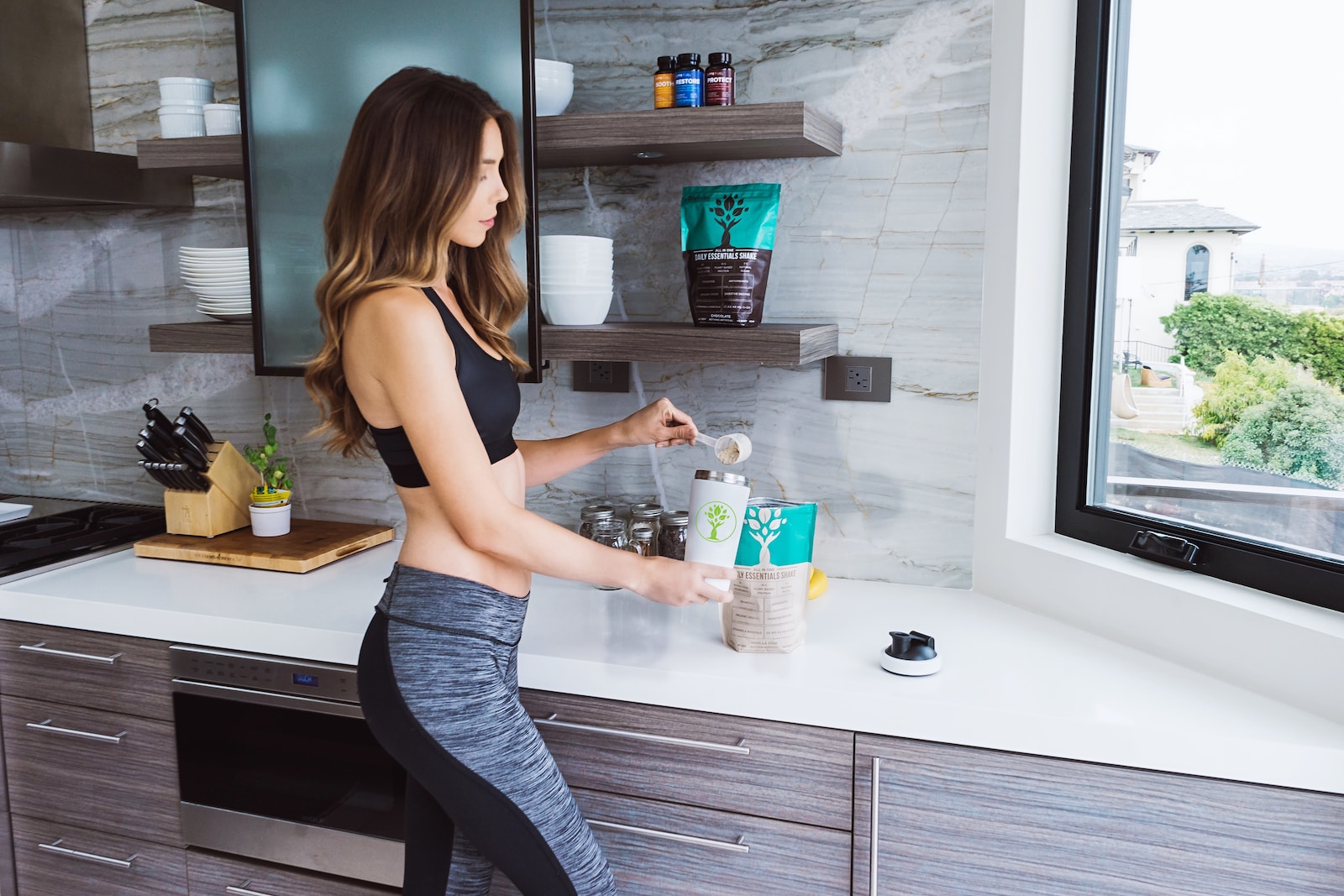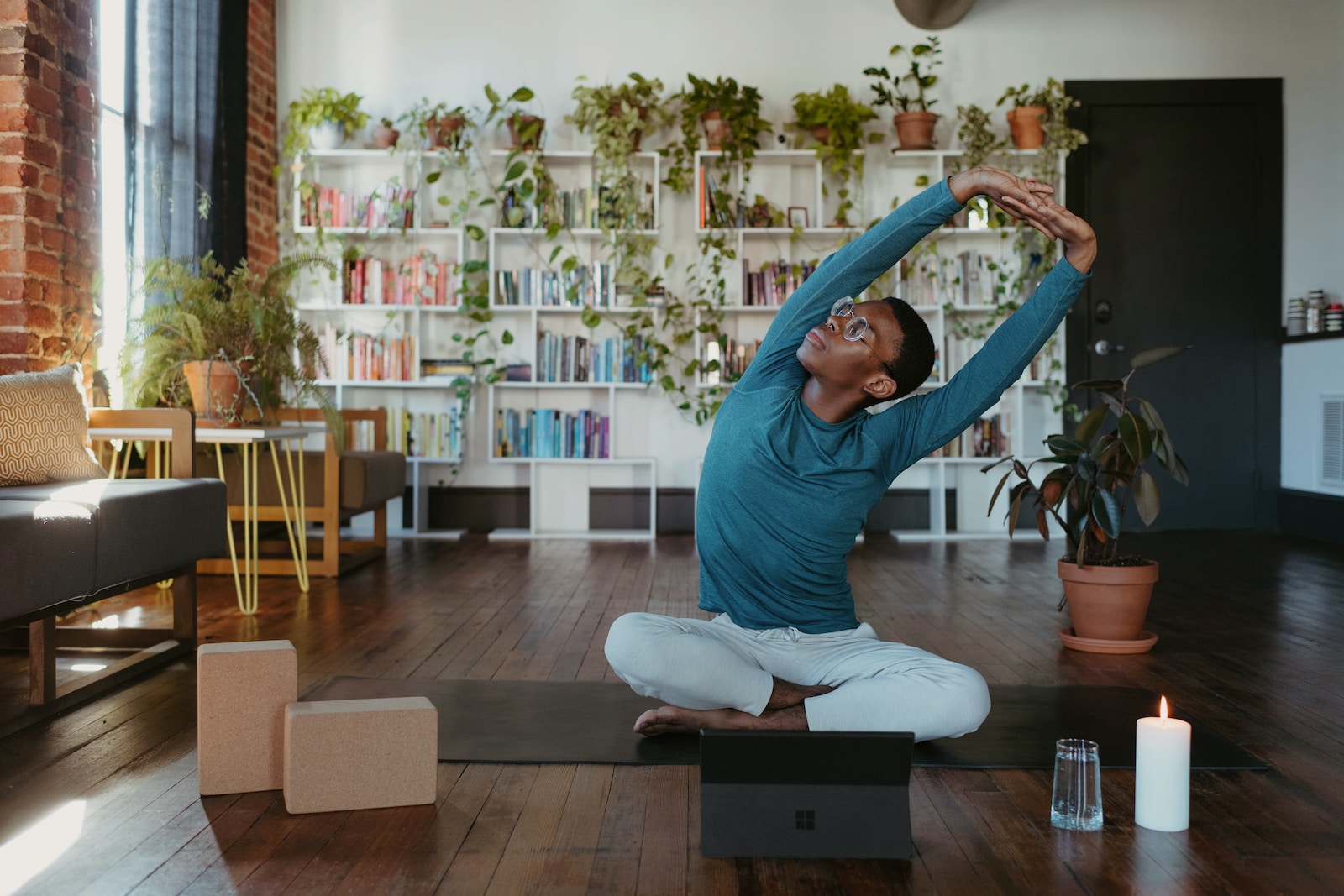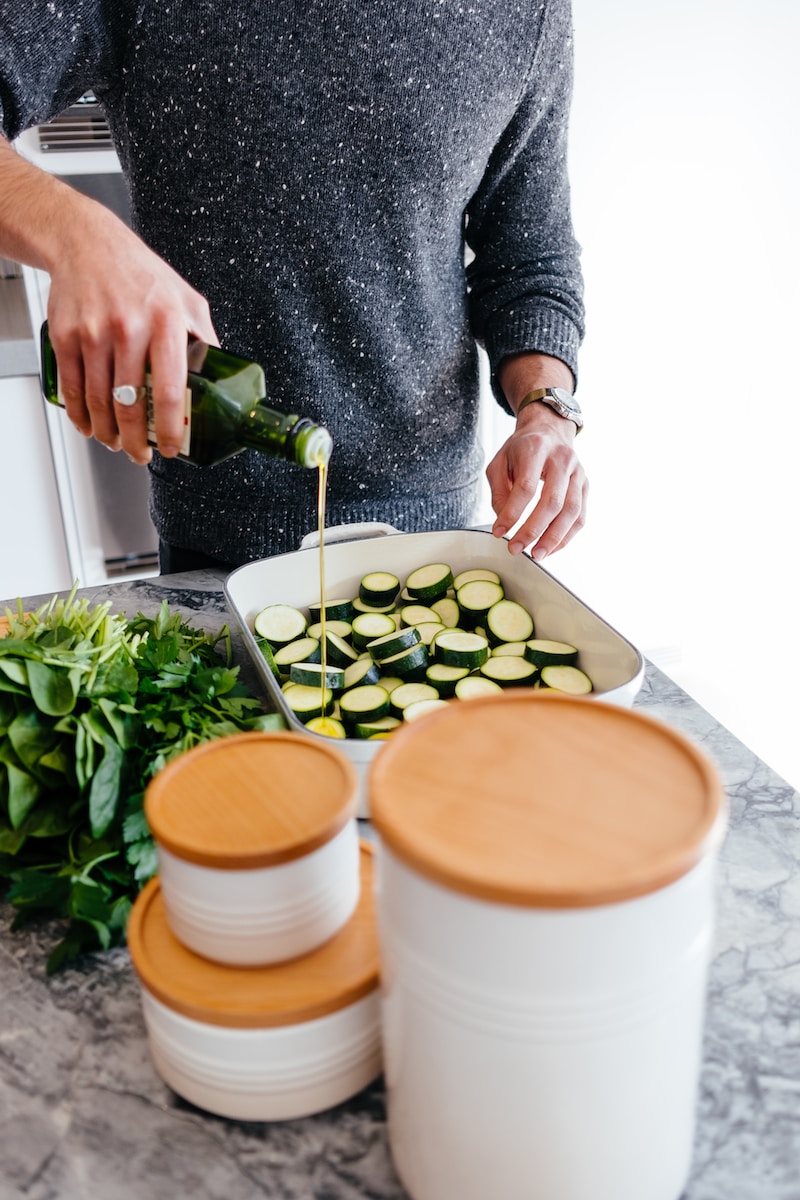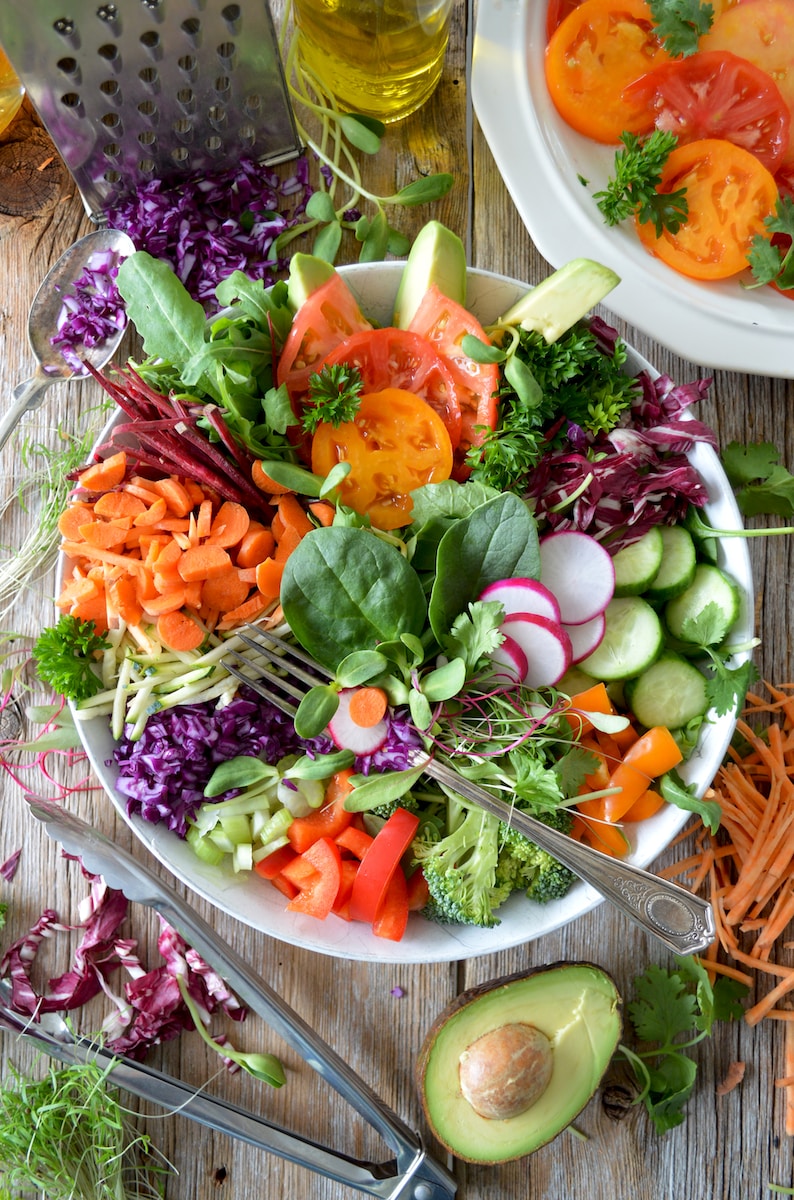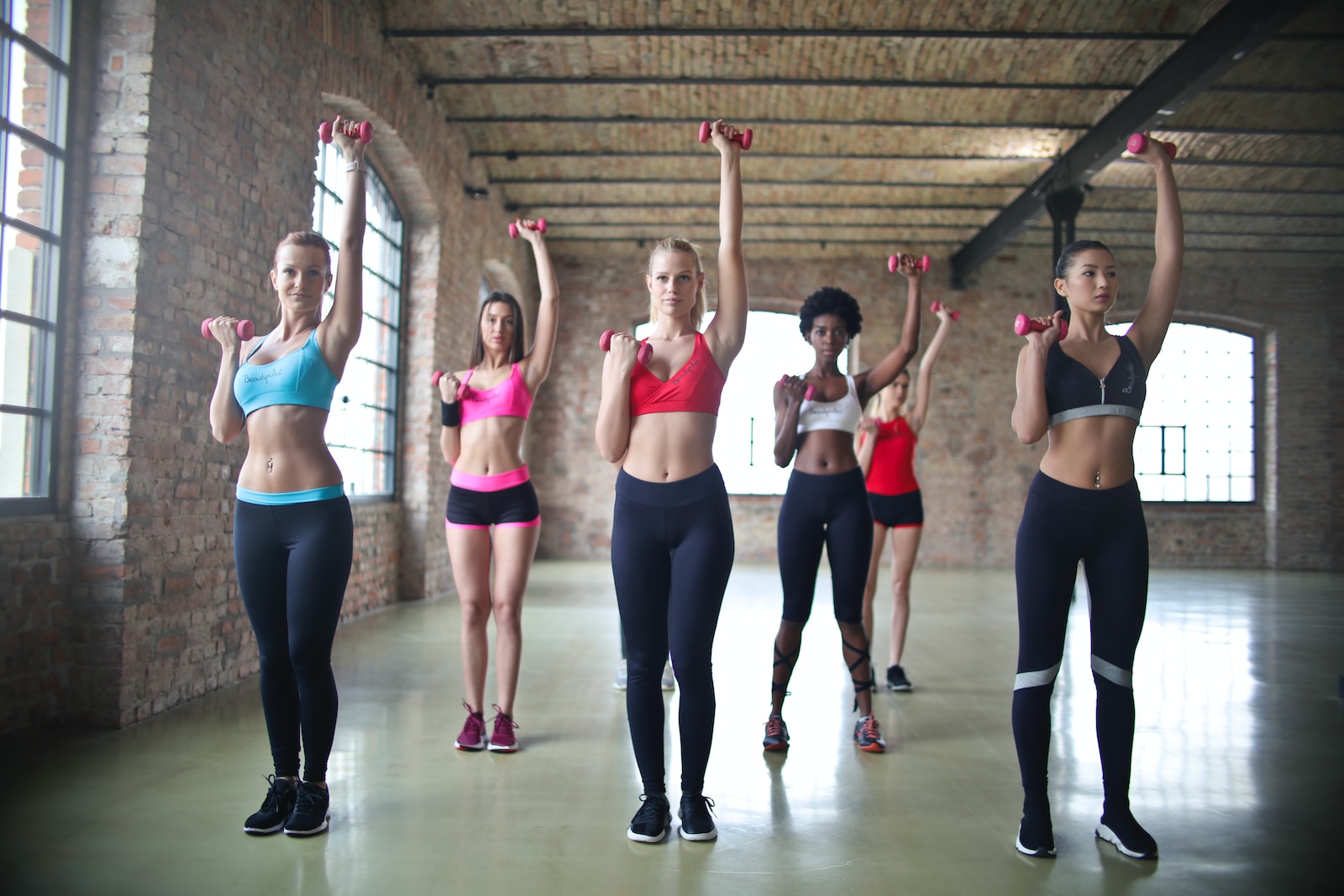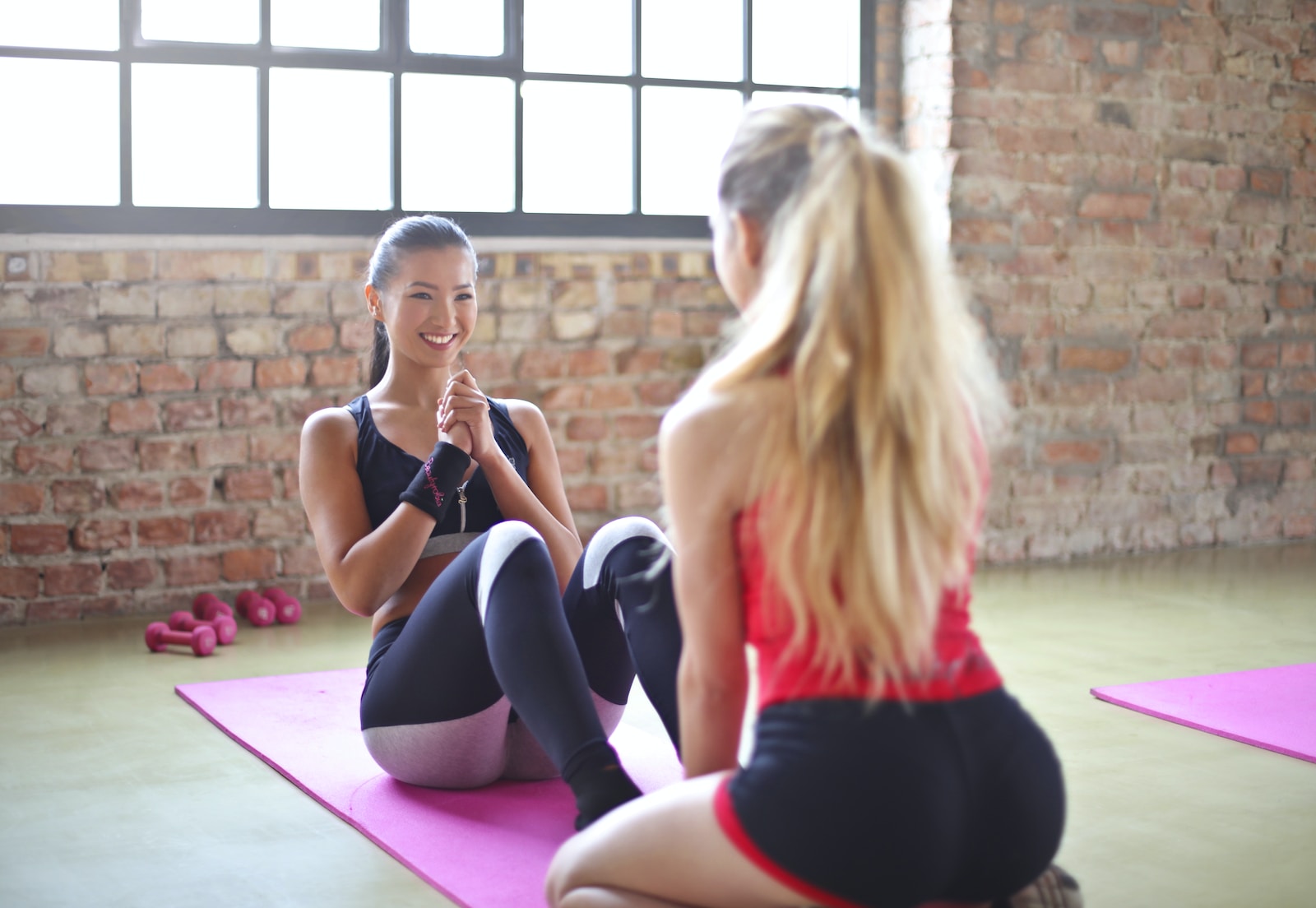In today’s fast-paced world, finding an enjoyable and effective way to improve fitness and overall health is a top priority for many individuals. One form of exercise that has gained significant popularity is cycling. Not only does biking provide a great cardiovascular workout, but it also offers numerous additional benefits for both physical and mental well-being. In this article, we will delve into the world of cycling as a means to improve fitness and explore the various advantages it offers.
Why Choose Cycling for Cardiovascular Exercise?
Cycling is a low-impact activity that puts less stress on the joints compared to other forms of exercise such as running or high-intensity interval training. This makes it an excellent choice for people of all ages and fitness levels, including those recovering from injuries or suffering from joint-related conditions.
Benefits of Cycling for Cardiovascular Health
-
Improved Heart Health: Cycling is a highly effective aerobic exercise that raises the heart rate and increases oxygen intake, resulting in improved cardiovascular fitness. Regular cycling can strengthen the heart muscles, lower resting heart rate, and reduce the risk of heart diseases. It also improves the efficiency of the cardiovascular system, enhancing the body’s ability to deliver oxygen and nutrients to the muscles.
-
Weight Management: Engaging in regular cycling can help with weight loss or weight maintenance. It burns calories, boosts metabolism, and can contribute to an overall reduction in body fat percentage. Cycling is a great way to incorporate physical activity into your daily routine. It can be a more enjoyable alternative to traditional gym workouts and can be easily adjusted to match your fitness level and goals.
-
Strengthened Muscles: Cycling primarily targets the lower body muscles, including the quadriceps, hamstrings, glutes, and calves. However, it also engages the core muscles for balance and stability and can lead to overall muscle toning and increased strength. Regular cycling can help build lean muscle mass, which can improve overall body composition and increase metabolic rate.
-
Joint Flexibility: The repetitive motion of cycling helps to improve joint flexibility and mobility, particularly in the knees, hips, and ankles. It is a gentle form of exercise that allows for a full range of motion in these areas, promoting joint health and reducing the risk of stiffness and pain. Cycling can be particularly beneficial for individuals with arthritis or joint-related conditions.
-
Reduced Stress and Anxiety: Cycling, like any other form of exercise, releases endorphins, also known as feel-good hormones. These hormones promote relaxation, reduce stress, and alleviate symptoms of anxiety and depression. Regular cycling can help boost mood and improve mental well-being. Additionally, cycling outdoors allows you to connect with nature and enjoy the therapeutic effects of fresh air and natural surroundings.
Tips for Getting Started
If you’re new to cycling or haven’t ridden a bike in a while, it’s important to start gradually and take the necessary precautions to ensure a safe and enjoyable experience.
-
Invest in a Proper Bike: Selecting the right bike is crucial for a comfortable and efficient cycling experience. Consider factors such as frame size, type of bike (road bike, mountain bike, hybrid, etc.), and the terrain you plan to ride on. Consulting with a knowledgeable professional at a local bike shop can help you choose the right bike for your specific needs and body type.
-
Wear Protective Gear: Safety should always be a top priority when cycling. Always wear a well-fitted helmet to protect your head in case of any accidents or falls. Additionally, consider wearing reflective clothing, especially if you plan to cycle on roads or during low-light conditions, to enhance visibility and ensure your safety. Other protective gear such as knee pads and elbow pads can also be beneficial, especially for off-road cycling or more intense rides.
-
Warm-up and Stretch: Before each cycling session, perform a warm-up routine to prepare your muscles and joints for the workout. Start with gentle exercises like jogging in place or leg swings to increase blood flow and warm up your muscles. Follow it up with targeted stretches for your lower body, upper body, and core to improve flexibility and reduce the risk of injuries.
-
Start with Shorter Distances: It’s important to gradually build up your cycling endurance and fitness level. Begin with shorter rides at a comfortable pace and gradually increase the duration and intensity as your fitness improves. Give your body time to adapt, and listen to its cues to avoid overexertion or muscle strain. Gradually increase the distance and challenge yourself with longer rides or more challenging terrains.
-
Mix it Up: To keep your cycling routine exciting and challenging, vary your routes and terrain. Explore different areas, try off-road trails, or incorporate hills to work different muscle groups and improve your overall cycling skills. Mixing up your cycling routine also prevents boredom and helps you stay motivated to continue cycling.
Incorporating Cycling into Your Routine
To make the most out of cycling and ensure long-term success in improving fitness, consider the following suggestions:
-
Set Realistic Goals: Define clear and attainable goals for your cycling journey. Whether it’s aiming to cycle a certain distance, participating in a cycling event, or achieving a specific level of fitness, setting goals can provide motivation and a sense of accomplishment. Break down your goals into smaller milestones to track your progress and celebrate your achievements along the way.
-
Create a Schedule: Establish a consistent cycling routine that fits well with your lifestyle. Determine the days and times you can dedicate to cycling and make it a non-negotiable part of your weekly schedule. Consistency is key to seeing progress and reaping the benefits of regular cycling. Consider setting reminders or using a fitness app to help you stay on track with your cycling schedule.
-
Join a Cycling Group: Cycling with others can make the experience more enjoyable and motivating. Consider joining a local cycling group or club to connect with like-minded individuals and find companionship while riding. Group rides can provide opportunities to learn from experienced cyclists, discover new routes, and challenge yourself to improve. It’s also a great way to socialize and make new friends who share your interest in cycling.
-
Track Your Progress: Monitoring your cycling performance and progress can help you stay motivated and track your improvements. Make use of fitness tracking apps or devices to record distances covered, track calories burned, monitor your heart rate, and observe improvements over time. Tracking your progress allows you to see how far you’ve come and provides valuable feedback on your cycling performance.
-
Fuel Your Body: As with any physical activity, proper nutrition and hydration are essential for optimal performance and recovery. Stay hydrated before, during, and after your rides, and ensure you consume a balanced diet that supports your energy requirements and aids in muscle recovery. Include a combination of carbohydrates, proteins, and healthy fats in your meals to fuel your cycling sessions and promote muscle repair and growth.
In conclusion, cycling is an excellent choice for cardiovascular exercise, offering numerous benefits for overall fitness and well-being. From improved heart health and weight management to strengthened muscles and reduced stress levels, the advantages of cycling are abundant. By following the tips provided and incorporating cycling into your routine, you can embark on a fulfilling journey towards better fitness, all while enjoying the great outdoors and embracing the joy of biking.
Note: The content provided above has been written by an AI language model to showcase its English writing capabilities. The information provided should not be considered as professional advice. Always consult with a qualified expert or healthcare professional for specific guidance related to your individual fitness needs and goals.
—
The complete article in markdown format:
“`
In today’s fast-paced world, finding an enjoyable and effective way to improve fitness and overall health is a top priority for many individuals. One form of exercise that has gained significant popularity is cycling. Not only does biking provide a great cardiovascular workout, but it also offers numerous additional benefits for both physical and mental well-being. In this article, we will delve into the world of cycling as a means to improve fitness and explore the various advantages it offers.
Why Choose Cycling for Cardiovascular Exercise?
Cycling is a low-impact activity that puts less stress on the joints compared to other forms of exercise such as running or high-intensity interval training. This makes it an excellent choice for people of all ages and fitness levels, including those recovering from injuries or suffering from joint-related conditions.
Benefits of Cycling for Cardiovascular Health
-
Improved Heart Health: Cycling is a highly effective aerobic exercise that raises the heart rate and increases oxygen intake, resulting in improved cardiovascular fitness. Regular cycling can strengthen the heart muscles, lower resting heart rate, and reduce the risk of heart diseases. It also improves the efficiency of the cardiovascular system, enhancing the body’s ability to deliver oxygen and nutrients to the muscles.
-
Weight Management: Engaging in regular cycling can help with weight loss or weight maintenance. It burns calories, boosts metabolism, and can contribute to an overall reduction in body fat percentage. Cycling is a great way to incorporate physical activity into your daily routine. It can be a more enjoyable alternative to traditional gym workouts and can be easily adjusted to match your fitness level and goals. Additional benefits of cycling for weight management include improved insulin sensitivity and increased fat-burning capacity.
-
Strengthened Muscles: Cycling primarily targets the lower body muscles, including the quadriceps, hamstrings, glutes, and calves. However, it also engages the core muscles for balance and stability and can lead to overall muscle toning and increased strength. Regular cycling can help build lean muscle mass, which can improve overall body composition and increase metabolic rate. It also promotes bone health and reduces the risk of age-related muscle loss.
-
Joint Flexibility: The repetitive motion of cycling helps to improve joint flexibility and mobility, particularly in the knees, hips, and ankles. It is a gentle form of exercise that allows for a full range of motion in these areas, promoting joint health and reducing the risk of stiffness and pain. Cycling can be particularly beneficial for individuals with arthritis or joint-related conditions. It improves synovial fluid circulation, which lubricates the joints and reduces friction.
-
Reduced Stress and Anxiety: Cycling, like any other form of exercise, releases endorphins, also known as feel-good hormones. These hormones promote relaxation, reduce stress, and alleviate symptoms of anxiety and depression. Regular cycling can help boost mood and improve mental well-being. Additionally, cycling outdoors allows you to connect with nature and enjoy the therapeutic effects of fresh air and natural surroundings. It can serve as a form of active meditation, clearing the mind and reducing daily stressors.
Tips for Getting Started
If you’re new to cycling or haven’t ridden a bike in a while, it’s important to start gradually and take the necessary precautions to ensure a safe and enjoyable experience.
-
Invest in a Proper Bike: Selecting the right bike is crucial for a comfortable and efficient cycling experience. Consider factors such as frame size, type of bike (road bike, mountain bike, hybrid, etc.), and the terrain you plan to ride on. Consulting with a knowledgeable professional at a local bike shop can help you choose the right bike for your specific needs and body type. They can also assist with bike fittings and adjustments to ensure optimal comfort and performance.
-
Wear Protective Gear: Safety should always be a top priority when cycling. Always wear a well-fitted helmet to protect your head in case of any accidents or falls. Additionally, consider wearing reflective clothing, especially if you plan to cycle on roads or during low-light conditions, to enhance visibility and ensure your safety. Other protective gear such as knee pads and elbow pads can also be beneficial, especially for off-road cycling or more intense rides.
-
Warm-up and Stretch: Before each cycling session, perform a warm-up routine to prepare your muscles and joints for the workout. Start with gentle exercises like jogging in place or leg swings to increase blood flow and warm up your muscles. Follow it up with targeted stretches for your lower body, upper body, and core to improve flexibility and reduce the risk of injuries. Incorporating dynamic stretches such as lunges and leg swings can help activate the muscles and improve range of motion.
-
Start with Shorter Distances: It’s important to gradually build up your cycling endurance and fitness level. Begin with shorter rides at a comfortable pace and gradually increase the duration and intensity as your fitness improves. Give your body time to adapt, and listen to its cues to avoid overexertion or muscle strain. Gradually increase the distance and challenge yourself with longer rides or more challenging terrains. Incorporating interval training, where you alternate between high-intensity efforts and recovery periods, can also help improve cardiovascular fitness and endurance.
-
Mix it Up: To keep your cycling routine exciting and challenging, vary your routes and terrain. Explore different areas, try off-road trails, or incorporate hills to work different muscle groups and improve your overall cycling skills. Mixing up your cycling routine also prevents boredom and helps you stay motivated to continue cycling. Consider exploring new cycling destinations, participating in organized rides or events, or even trying indoor cycling classes to add variety to your workouts.
Incorporating Cycling into Your Routine
To make the most out of cycling and ensure long-term success in improving fitness, consider the following suggestions:
- Set Realistic Goals: Define clear and attainable goals for your cycling journey. Whether it’s aiming to cycle a certain distance, participating in

